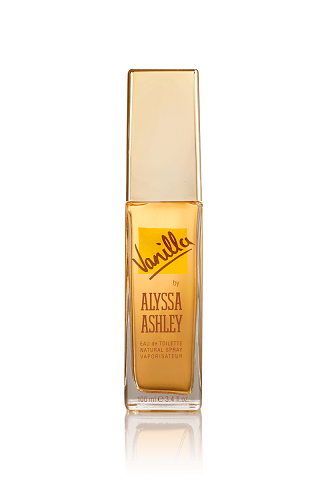Vanilla or vanillin? Discover all the secrets of (one of) the world’s favourite scents
When we speak about vanilla-scented fragrances, we all expect gourmet notes that remind us of the beloved cakes our grandmother made, and which bring to mind our carefree childhood.
What is vanilla essence
Actually, this sweet characteristic we refer to is only one of the aspects of vanilla, and it is what indicates the presence of one of its chemical components, vanillin, first isolated in 1874 by the German chemist Wilhelm Haarmann. This precious spice, along with saffron, is one of the most expensive of its kind, and what also makes it unique are the balsamic, woody and bitter tones which allow us to use vanilla not only in gourmet compositions, but also in woody, spicy and oriental ones.
Let us proceed in order: it is originally from Mexico where, from antiquity, vanilla was a raw material loved by cooks and perfume makers for its intense aroma.
The Totonaco people, who inhabited the Gulf of Mexico before the Aztecs, used to say that the tropical orchid was born due to the troubled love between Princess Xanat and her lover. They were forced to run away together into the woods, to hide from the Princess’s father, who opposed their love. They were captured and beheaded, and the Princess’s blood gave life to the wonderful plant, which is dedicated to her.
When Hernando Cortez arrived in Mexico, the Aztecs did their best to try and keep the precious aroma a secret, but failed; and from 1515 vanilla was first imported into Spain, then France and finally to the rest of the world. Now, it is mainly produced in Madagascar, Indonesia and China. Its scent: warm, balsamic, rich and delicate, with sweet and bitter aspects at the same time, has olfactory characteristics that can change drastically depending on its origin:
- Tahitian vanilla develops odorous molecules with fruity and floral scents
- Bourbon vanilla, on the contrary, has a higher concentration of vanillin, which gives it a more intense perfume
- Indonesian vanilla has a scent that brings to mind the fragrance of tobacco with a smokey note
- lastly, Mexican vanilla, has a woody and rich scent
As I was saying, vanilla, or its accord, is used as a base note of many perfumes and is a fundamental component for the olfactory structures of fragrances belonging to the oriental olfactory families. Maison Guerlain has made it become one of the most representative raw materials of its creations.
Starting with the landmark perfume Jicky, created in 1889 by Aimé Guerlain, the first-born of the oriental olfactory family, the first one for which the extract of vanillin was used in a perfume to create the vanilla-scented accord; passing onto Shalimar, for the creation of which vanilla was for the first time reproduced artificially as ethyl-vanillin; following with L’Heure Bleue and Vol de Nuit, in which the vanilla accord created by the Maison became a characterising signature for their classic perfumes, so much so that they gave it a name, Guerlinade.
However, all perfumery brands worthy of the name, even those who do not have such a strong bond with this raw material, have dedicated at least one perfume to this wonderful note. Depending on which aspect one wants to highlight, whether it is the sweeter notes of vanillin, or the floral, woody, sensual, gourmet ones; vanilla-scented perfumes are all so different and eclectic, that the fact that they are all inspired by the same raw material, seems impossible.

Find out more about my vanilla







